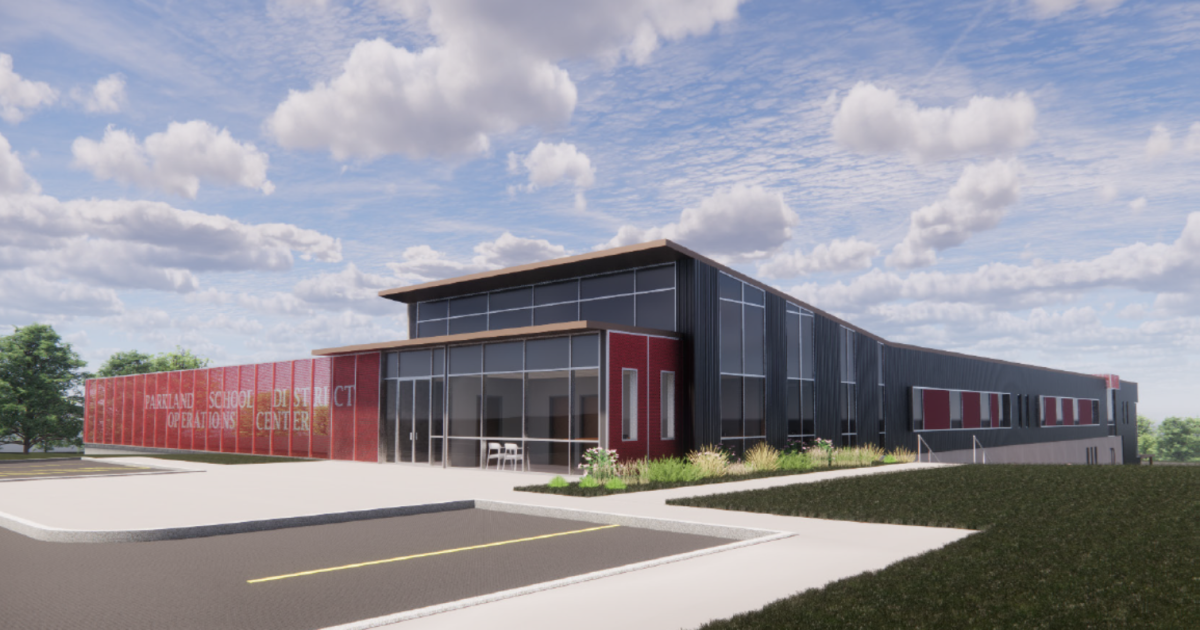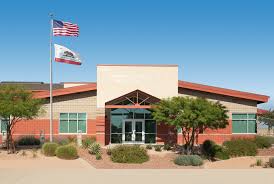Running a school district involves a range of complex tasks, from managing resources and overseeing multiple schools to ensuring the quality of education and maintaining clear communication between staff, students, and the community. Efficient school district operations are key to ensuring that everything runs smoothly and that the focus remains on providing students with a high-quality education.
Having worked closely with school districts, I’ve observed how the best-run districts prioritize organizational efficiency while remaining flexible enough to meet the needs of students, staff, and families. In this article, we’ll dive into some best practices that can help school districts improve operations, streamline processes, and make the best use of available resources, all while enhancing student success.
Streamlining Administrative Processes

1. Centralizing Information Management
A significant challenge for school districts is managing vast amounts of data across multiple schools. This includes everything from student records and teacher evaluations to financial information and attendance data. Centralizing this information through a unified data management system helps ensure that administrators have access to accurate and up-to-date data when making decisions.
Best Practices:
-
Implementing a district-wide learning management system (LMS) or student information system (SIS) to centralize data.
-
Using cloud-based platforms to ensure secure, real-time access to information for all district staff.
-
Training staff on data entry and management protocols to maintain data integrity and consistency.
By centralizing data, school districts can reduce duplication of effort, minimize errors, and provide administrators with the tools they need to make informed decisions.
2. Simplifying Budgeting and Financial Management
Effective financial management is crucial for any school district. Having a clear, streamlined process for budgeting, allocating resources, and monitoring expenses ensures that funds are used efficiently to support educational goals.
Best Practices:
-
Automating budgeting processes using financial software that integrates with other systems (e.g., payroll, procurement, and purchasing).
-
Regularly reviewing and adjusting the budget based on real-time data to ensure alignment with the district’s strategic priorities.
-
Promoting financial transparency by making budget reports available to key stakeholders, such as school board members and the community.
By simplifying financial processes and promoting transparency, school districts can ensure that resources are spent effectively and responsibly.
Improving Communication Across the District
1. Clear and Open Communication Channels
Effective communication is a cornerstone of efficient school district operations. It’s essential to maintain clear and open lines of communication among school administrators, teachers, parents, and students. Miscommunication can lead to inefficiencies, misunderstandings, and even conflicts, so it’s important to have formal systems in place to facilitate communication at all levels.
Best Practices:
-
Implementing a district-wide communication platform (e.g., email systems, apps, or communication portals) that enables administrators to send out updates to all stakeholders.
-
Holding regular meetings (virtual or in-person) with department heads, principals, and other key personnel to ensure alignment on goals and activities.
-
Creating a feedback loop that allows staff and parents to share their input and concerns easily, and ensuring that responses are timely and constructive.
Establishing efficient communication systems helps ensure that important information reaches all parties in a timely manner, reducing confusion and enhancing collaboration.
2. Engaging with the Community
School districts should not only communicate internally but also engage with the broader community. Building strong relationships with parents, local businesses, and community organizations helps foster support for educational initiatives and can provide valuable resources.
Best Practices:
-
Hosting regular town hall meetings or community forums to gather feedback and foster two-way communication between the district and its stakeholders.
-
Developing a community outreach program to involve parents in school activities, volunteer opportunities, and decision-making processes.
-
Leveraging social media platforms to share successes, important updates, and upcoming events, keeping the community informed and engaged.
By engaging the community and encouraging active participation, districts can build trust and improve collaboration between schools and the people they serve.
Enhancing Resource Allocation and Efficiency
1. Optimizing Staffing and Professional Development
Efficient use of human resources is vital for effective district operations. School districts need to hire and retain talented educators and staff while ensuring that their efforts are aligned with the district’s goals.
Best Practices:
-
Strategic staffing: Ensuring that schools are appropriately staffed based on student enrollment and program needs.
-
Implementing a comprehensive professional development plan to provide teachers and staff with the skills and knowledge they need to succeed in a constantly evolving education landscape.
-
Utilizing data to track teacher performance and areas where additional professional development may be needed.
By aligning staffing with student needs and providing targeted professional development, school districts can maximize their human resources and improve academic outcomes.
2. Efficient Facility Management
School districts are responsible for maintaining and operating multiple buildings, which can be a complex task. Efficient facility management ensures that schools are safe, clean, and well-equipped to support the learning environment.
Best Practices:
-
Implementing preventative maintenance schedules for buildings and facilities to minimize unexpected repairs and reduce costs.
-
Using facility management software to track repairs, maintenance needs, and scheduling.
-
Energy-efficient upgrades to reduce utility costs, such as installing LED lighting, optimizing HVAC systems, and using smart thermostats.
By maintaining facilities efficiently, school districts can improve the learning environment for students and staff, reduce costs, and avoid unnecessary disruptions to school activities.
Utilizing Technology to Improve Operations
1. Integrating Technology in the Classroom
Technology is playing an increasingly important role in teaching and learning. Districts should ensure that schools have access to the latest educational technologies and that teachers are equipped to integrate them effectively into their teaching practices.
Best Practices:
-
Providing professional development on the use of technology in the classroom to ensure teachers can effectively incorporate digital tools into their knowledge.
-
Investing in student devices and learning platforms that facilitate personalized learning and engagement.
-
Ensuring equitable access to technology, so all students, regardless of socioeconomic background, have the tools they need to succeed.
By integrating technology effectively, school districts can enhance learning outcomes, increase engagement, and improve overall educational equity.
2. Automating Administrative Tasks
Many administrative tasks—such as attendance tracking, grading, and scheduling— can be time-consuming for district staff. By automating these processes, districts can save time, reduce human error, and ensure that staff can focus on more impactful tasks.
Best Practices:
-
Implementing automated systems for tasks such as grading, attendance, and scheduling to reduce manual effort.
-
Using cloud-based platforms for document management and collaboration, ensuring that staff can access important documents and resources from anywhere.
-
Data-driven decision-making: Using data analytics tools to track student performance and make informed decisions about resource allocation.
Automation can free up valuable time for staff and allow them to focus on tasks that require more attention and creativity, ultimately leading to greater efficiency and productivity.
Conclusion: Fostering Efficient and Effective School District Operations
Efficient school district operations are essential to creating an environment where students, teachers, and staff can thrive. By implementing best practices for administrative processes, communication, resource allocation, and technology integration, school districts can streamline operations, reduce costs, and enhance student outcomes.
Ultimately, the goal of efficient operations is to create a school environment that is conducive to learning, growth, and achievement. By continually evaluating and refining operational practices, school districts can ensure that they are not only meeting today’s challenges but are also prepared for the future of education. A well-run school district is one that supports its educators, empowers its students, and builds strong relationships with the community it serves.



